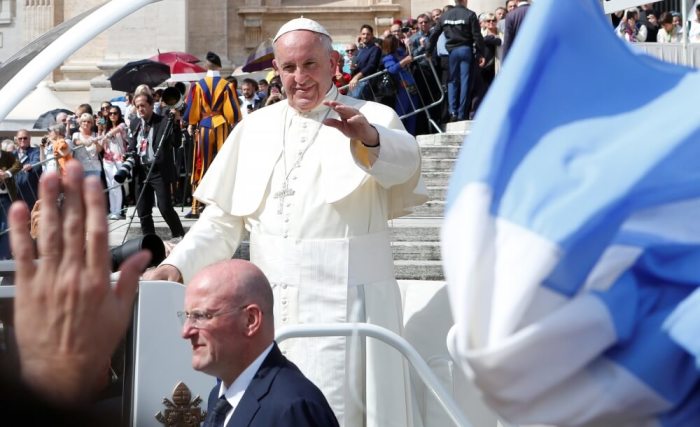Vatican Makes It Harder to Be Canonized as a Saint for Alleged Miracles in New Rules

Pope Francis has announced new regulations surrounding the Roman Catholic practice of declaring saints, most often due to miraculous healings that cannot be explained by science, by revealing that such miracles will need to be affirmed by two-thirds of medical panel experts.
"The purpose of the regulation is for the good of the (saints') causes, which can never be separated from the historical and scientific truth of the alleged miracles," said Archbishop Marcello Bartolucci, secretary for the Congregation for Saints' Causes, when explaining the revised norms.
Catholic News Service reported that the new regulations will require a medical panel of six experts to agree, at least in a two-thirds majority, that a presented healing has no natural or scientific explanation.
Bartolucci added that the new regulations will help the medical experts carry out their consultations with "serenity, objectivity and complete security."
Medical experts have long been involved in decisions made by the Catholic Church on approving miracles, but previously required only a simple majority from the consultation team members present.
Catholic Church rules state that two miracles are required for a person to be declared a saint, with many of such miracles tied to unexplained healings.
Mother Teresa of Calcutta was recently canonized in celebrations marked by Catholics around the world, with Pope Francis officially recognizing a second miracle attributed to her name in December 2015.
Teresa is said to have healed a Brazilian man with brain tumors in 2008. A similar miracle in 2003 of an Indian woman who prayed to the nun and saw her incurable tumor suddenly disappear was also attributed to Teresa.
Teresa, who was born in present-day Macedonia in 1910, became known for her charity work helping the poor, especially those in Calcutta, whom she devoted her life to until her death in 1997.
Pope Francis spoke before 120,000 people at the Vatican earlier in September when he praised the life and works of Teresa on her canonization day.
"For Mother Teresa, mercy was the salt which gave flavor to her work, it was the light which shone in the darkness of the many who no longer had tears to shed for their poverty and suffering," the pope said.
Francis has canonized a number of other famous Catholic figures during his time as pontiff, including popes John XXIII and John Paul II.
The new Vatican rules, aimed at increasing transparency, also state that an alleged miracle "cannot be re-examined more than three times," according to Cardinal Pietro Parolin, Vatican secretary of state.
"For each alleged miracle, the Medical Consultation team is comprised of a maximum of seven experts; when the promoter of a cause appeals a negative judgment, a new team of physicians and medical experts must be appointed," CNS explains.
"The members of each consultation will remain unknown to the postulator, as the promotor of the specific cause called."





























